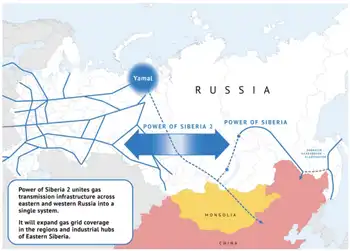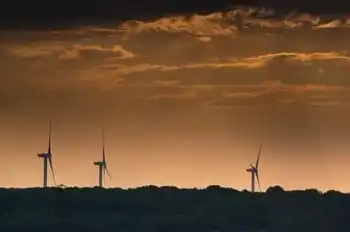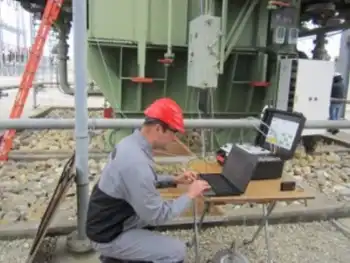Big role for energy research in climate pact
By Reuters
CSA Z462 Arc Flash Training - Electrical Safety Essentials
Our customized live online or in‑person group training can be delivered to your staff at your location.

- Live Online
- 6 hours Instructor-led
- Group Training Available
"We need to start talking a lot more about the technological revolution," said Bjorn Lomborg, a Danish statistician and author of "The Skeptical Environmentalist" who commissioned the report to give alternative ideas for a new U.N. climate treaty.
The report estimated that investments of $100 billion a year in research into new technologies — such as solar power, hydrogen, nuclear fusion or sucking carbon dioxide from the air — could avoid $11 of damage from climate damage for every dollar spent.
Stressing deep cuts in carbon emissions before technologies were ready was a "doomed approach," according to the study led by Chris Green, a specialist in environmental economics at McGill University in Montreal, Canada.
The report said that a new U.N. climate treaty due to be agreed in Copenhagen in December risked putting emphasis on "how much to do in the next period, rather than how to do it."
Negotiations on the U.N. climate pact often focus on deep cuts in greenhouse gas emissions by developed nations by 2020. They also cover new technologies and finance to help developing nations curb their rising emissions and adapt to changes.
The panel of scientists that advises the United Nations concluded in 2007 that cuts in emissions could be achieved by "technologies that are currently available and those that are expected to be commercialized in coming decades."
But Green said that far more research was needed to ensure new technologies emerged.
"The amount of carbon emission-free energy required to 'stabilize' climate is huge — at least 15 to 20 times more than current levels, almost all of which is supplied by nuclear and hydroelectric," he wrote.
And many technologies could not be deployed on a large enough scale to help counter impacts that the U.N. panel predicts will include desertification, mudslides, extinction of animals and plants and rising sea levels.
"Many people talk of building more windmills," Lomborg said. "But it's like constructing a bit of a bridge across a big chasm. After we get 20 percent across we don't know how to get any further."
Former U.S. President George W. Bush favored research over cuts in emissions. Most nations did not follow his lead, fearing his "breakthrough technologies" might never materialize and that cuts were a more direct way of forcing a clean-up.
Green's study advocated imposing a predictable price on carbon emissions to raise funds for government-led research. A price could start at $5 a tonne in 2010 and double every decade, to $10 in 2020 and $20 in 2030, he said.











